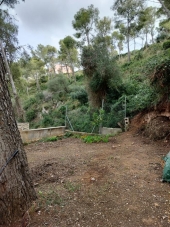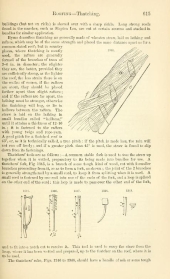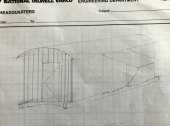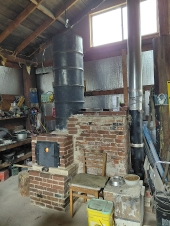EweTube and the like are 95% self promoting, attention begging, drivel. Anything with pulsing, garish lettering, bizarre facial expressions on a host carrying a selfie stick, has nothing useful to add to your mindspace. I've been building houses long enough to realize most of the 'Tube is just chimps lecturing the undeducated. I've been drunk and hungover while building, (not very often) my opinions might be suspect.
Books are calm, noiseless, free of trolls, and allow you to absorb at your own pace. Does not work as well for those that need 3-D and hands on. Sketching your ideas out if you can a bonus.
I'm little in the dark about how much of this you wish to do yourself. If you are at the mercy of helpers with their own agenda, sorry to hear that. If you are stacking your 'un'happy DIY place with uncooperative 'assistance', this can become shortly very stressful.
You should get used to planning/thinking in metric. Avoids static from uncooperative help and the need to constantly convert.
Wood framing with a metal roof might be the best choice for DIY. Barriers to knowledge entry are low. Can stop at any stage to regroup, mistakes worked around. It is also the most flexible for design. In Canada, 'metric' plywood and lumber just mimic US sizes, there's no trouble crossing over. Find out how lumber, (not timber) is sized in Spain, layout from that.
Real exterior grade plywood, not OSB. Cost difference for a project your size is minimal. I've inhaled enough OSB dust while cutting to know I hate it. Probably toxic while airborne. OSB does not take (waterbased) paint well, it's splinters are miserable and infectious, and it is quickly destroyed by water, swelling and falling apart.
Pictures of Pokey's apartment, no. Two years of foreign exchange in Korea was a serious, anxiety filled part of her life until she settled in. Think of an RV bathroom, RVs in general.
A chicken coop is not usable space covering the lot/earth, but an entirely separate little deck built to support a human filled tub is?
RE: the floor. I imagine insulating between the joists. Cold floors suck and waste heat, although that sounds like lesser priority for your case. Some barrier underneath is necessary to keep vermin, if any out, 'seal' in the dead air space. Anyone recommending bubble wrap has never built anything of substance. Probably a EweTuber. Plywood under or between the joists checks all boxes.
A 'kitchen' island on wheels could be self contained storage/counter space for all things cooking, shove against the wall when open space is needed.
If you are decided on piers, beams, joists, and sheeting for your floor, you'll need a decent idea of you interior layout, to avoid having to workaround, head out, or move joists. Flat blocks nailed between joists flush to top support partitions/interior walls.
In order of immobility in general are HVAC, plumbing, then electrical. Whichever apply to you.
That is the order in which trades are allowed in after the house is framed, and the order in which a framer prioritizes layout. Framers can fix or accommodate anything they do/need. Building in your mind from the roof down solves all structural and layout issues and is how good carpenters go about their work.
If I was in your situation, I would first frame the floor, get it sheeted, then layup for a bit. Then frame and stand walls, layup for a bit, then close it in with a roof, being mindful of seasonal precipitation. This breaks your helper monkey's task oriented mental overload. Go have tapas and wine for a few weeks or whatever. When the deck is framed you can start actually laying out your partitions and fixtures, storage, or whatever. You'll have an excellent visual of your space to be, better reference for doors, windows, etc. Layout snapped by you on the floor makes arbitrary decisions less likely. Involve the helper monkey's input at the design part, help avoid all that pesky, counterproductive, thinking for themselves at future date. Drawing the four exterior elevations and a floor plan starts to get all the wizards into the same plane. Be clear about what is flexible and what is inviolable. Don't start without understandings about time and money. You'll need patience sounds like.
FWIW I've heard that folks with skin issues like 30% hydrogen peroxide or salt for hot tubs in lieu of chlorine. Maybe too expensive for a pool, don't know.
Good luck.









